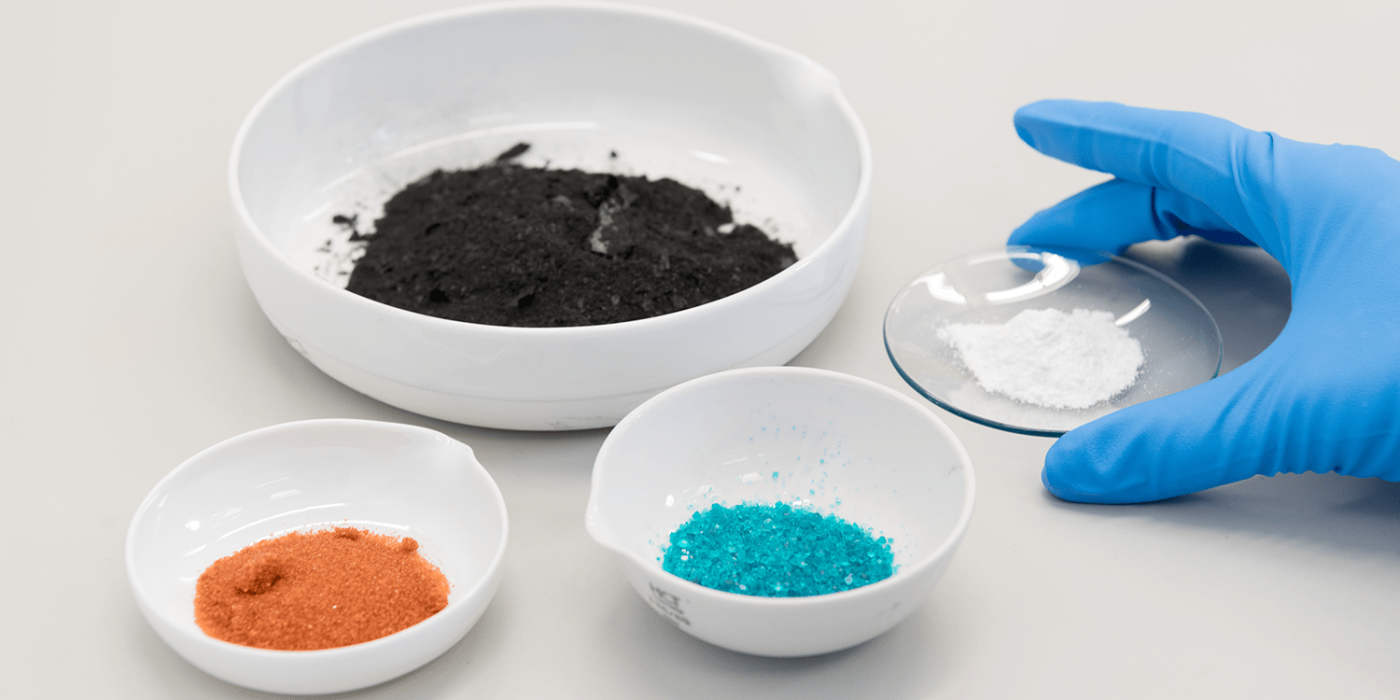Study reveals optimization potential for battery recycling in Europe
A team of stakeholders from science and the automotive and battery industry led by industrial chemist Prof. Dr. Stephan von Delft from the University of Münster has investigated how more efficient and sustainable recycling strategies will affect the future demand for materials in Europe. The study focused on the battery raw materials lithium, cobalt and nickel. The group recently published their findings under the title “Towards circular battery supply chains: Strategies to reduce material demand and the impact on mining and recycling” in the journal Resources Policy.
In their analysis, the scientists looked at the period from 2035 to 2040 and concluded that a combination of different strategies could ideally save ten mines and 55 recycling plants, which in turn produce emissions. This would correspond to savings of 32 billion euros and for lithium, cobalt and nickel, the described optimisation would save 32.5 million tons of so-called carbon dioxide equivalents, according to the University of Münster.
According to the analysts, the necessary package of measures includes faster electrification of the automotive market, smaller batteries, “technology-selective” second-life use of electric vehicle batteries, for example in stationary energy storage systems, and the increased use of LFP batteries in electric vehicles.
“The results are important for European policy-making as they provide recommendations for action on how policies can support the transition, increase security of supplies for raw materials, and strengthen the EU’s strategic autonomy,” said Stephan von Delft.
Methodologically, the study was based on what is called a dynamic material flow analysis that can be used to calculate the future demand for lithium, cobalt and nickel as well as the recyclable raw materials that will then be available. It was based on data from “current research work and market forecasts on the development of battery production and sales and the associated demand for raw materials”, according to the study.
uni-muenster.de, sciencedirect.com (Resources Policy)





0 Comments